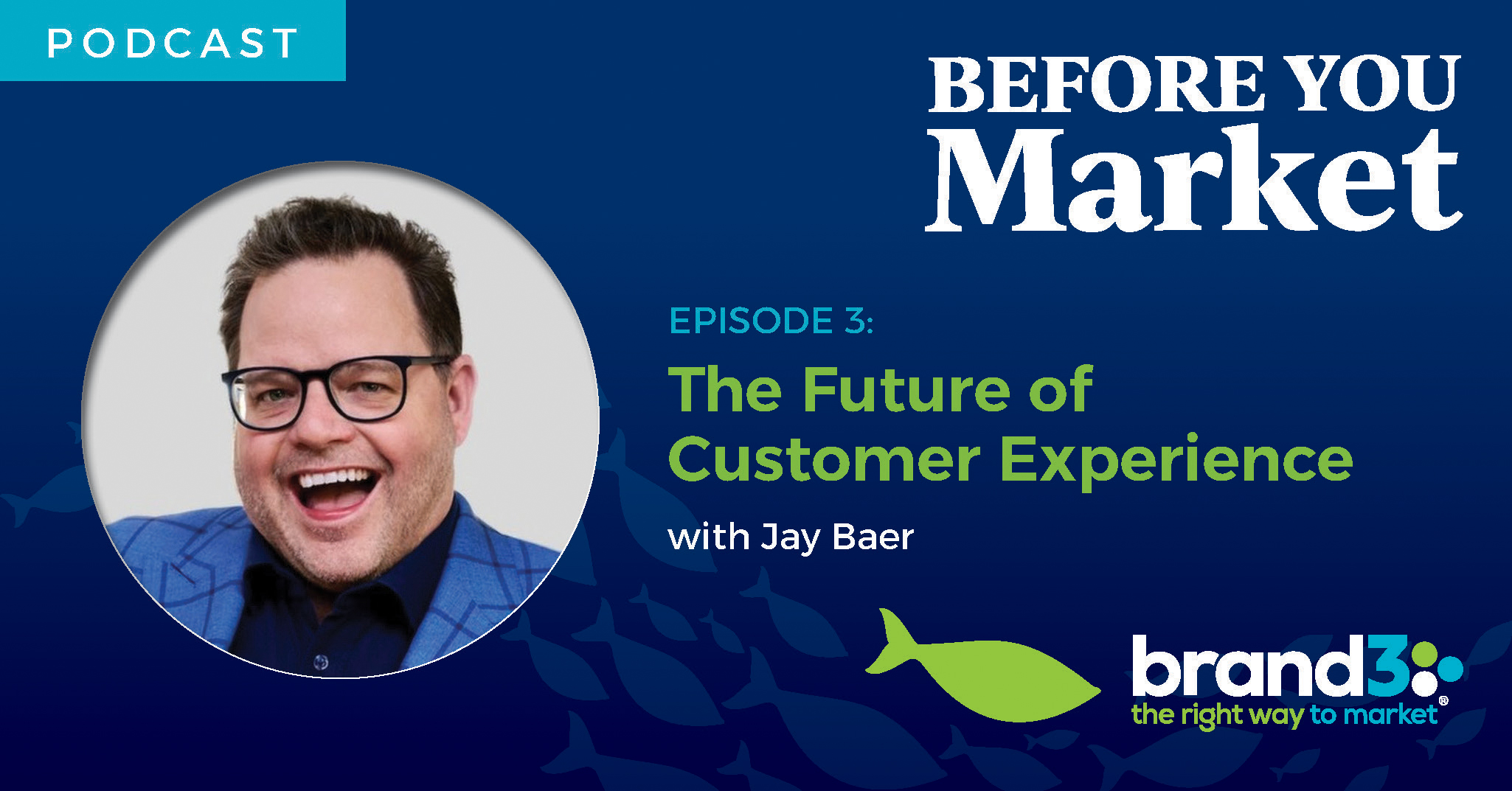
Does your logo effectively communicate your brand to your customers? Is it clean and consistent? Do you like it?
Every company has a logo, but is it adding or detracting from your brand? Maybe it's pretty and you like it, but is it helping? While liking—or loving—your logo is important, what matters more is functionality.
According to Merriam-Webster’s dictionary, a logo is simply “an identifying symbol.” This identifying symbol, however, has to fill big shoes as it becomes a mark that represents your business. Here are some ways you can tell whether you have a well-designed, functional logo:
One of the key functionalities a logo has to fulfill is the ability for your market to retain and remember it. A good logo mark will consist of simple shapes or lines with a minimal color palette. The more complex your logo is, the harder it will be to reproduce. Also, it is unlikely that a complicated mark will stick in the minds of your customers, which lowers the likelihood of you being remembered when a potential customer needs services you offer. Similarly, if your logo isn’t distinct enough, your customers might have a hard time distinguishing between you and your competitors.
A good logo is able to encompass the most important aspects of your business into a single visual mark. This does not mean that your logo has to be literal, but it does mean that it has to have a meaning that represents what the core values of your business are.
Trends are great when it comes to fashion or your hairstyle. Steer clear of temporary fads, however, when it comes to branding and logo designs. A great logo has the ability to endure time, and as it does, it builds more and more confidence in your customers to stand by your products or services.
Also recognize that logo refreshes are a good idea after a period of time. Think about brands that have been around for decades—their logos have been updated, but still retain characteristics from the original logos (think Sears, UPS and Ford).
Understanding your audience is key when it comes to marketing, but it is also crucial when it comes to developing a logo. Well-designed logos have the ability to speak and tell a story. You may be thinking that this is asking your logo to do a bit too much, but it is actually very doable. You have to remember, that besides the actual context of the mark, there are many other aspects of your logo that are communicated to your target audience. These include the color choices, the fonts, the name, and the tagline. Ask your audience to validate the message your logo sends to them.
A great logo can be reproduced at different sizes, across different mediums and in different applications without losing its power. It is crucial that your logo works well on the web, your letterhead, in your sales materials and ads, as well as on digital media platforms. To attain this, your logo should come in multiple formats and variations. These include horizontal, vertical and symbol-only versions in color, all white, and black and white formats. Be sure you have a library of acceptable logo formats and variations created to maintain brand consistency.
Consistency is a must when it comes to your brand and logo. One of the worst things you can do to your brand is to use it inconsistently. You’d be surprised, for example, how often when business owners or employees can’t find their logo they attempt to recreate it in Microsoft Word. The results are disastrous. The best way to avoid inconsistent logo use is to secure your logo files, as well as to own and abide by a Graphic Standards or Branding Guidelines document. This way all who need access to your logo files can be held accountable for proper and consistent usage.
If you find that your logo lacks the characteristics of a great logo, Brand3 can help. Contact us today to see how we can improve your identity.


